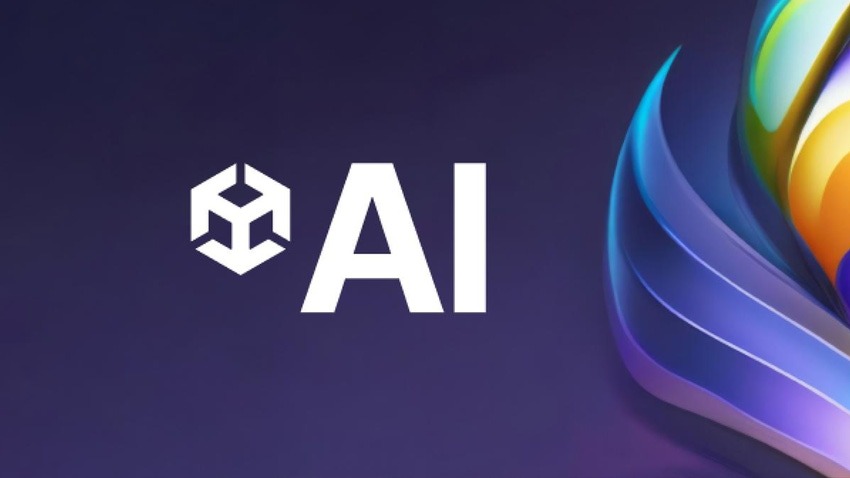In a remarkable leap forward for artificial intelligence, Apple’s research team has unveiled a groundbreaking advancement in the training of large language models (LLMs). Their recent publication details an innovative approach known as multimodal learning, a methodology that integrates both textual and visual data in the training process. This significant development promises to enhance the capabilities of LLMs, pushing the boundaries of natural language processing (NLP) and opening new vistas for AI applications.
The Essence of Multimodal Learning
Multimodal learning represents a transformative shift in machine learning paradigms, enabling models to assimilate and interpret information from diverse data sources — notably, text and images. This comprehensive learning approach is particularly advantageous for tasks that demand an intricate understanding of both textual narratives and visual contexts. For instance, multimodal LLMs can adeptly generate descriptive captions for images or provide accurate responses to queries about visual content, showcasing a profound grasp of the interplay between words and pictures.
MM1: A Trailblazing Model
Central to Apple’s breakthrough is MM1, a cutting-edge model trained on an extensive compilation of text and image data. The findings reveal that MM1 surpasses its predecessors in performance across multiple benchmarks, setting new standards in the field. Notably, MM1 excels in tasks such as object counting within images and answering complex visual questions, achievements that underscore the model’s state-of-the-art capabilities.
The Impact of Multimodal Learning on NLP
Apple‘s foray into multimodal learning heralds a significant milestone in natural language processing, demonstrating the untapped potential of combining different forms of data in model training. The success of MM1 illuminates the path forward for LLMs, suggesting that the future of NLP lies in leveraging the richness of multimodal data to create more intelligent, versatile, and responsive AI systems.

Advantages of Multimodal Learning:
- Enhanced Accuracy: By synthesizing text and image data, multimodal LLMs attain a holistic understanding of the world, leading to superior accuracy in tasks that require nuanced comprehension of both textual and visual information.
- Improved Generalization: These models exhibit a remarkable ability to generalize to unfamiliar data, a byproduct of their exposure to diverse modalities. This adaptability enables them to discern patterns and insights that transcend the limitations of single-modality data.
- Broadened Application Spectrum: The versatility of multimodal LLMs unlocks a plethora of applications beyond the scope of traditional language models. From intelligent virtual assistants capable of processing complex multimodal queries to innovative AI-driven products that seamlessly integrate textual and visual inputs, the possibilities are boundless.
Looking Forward: The Future of AI with Multimodal Learning
The unveiling of MM1 and the success of multimodal learning mark a pivotal evolution in artificial intelligence research. Apple’s breakthrough not only showcases the potential of integrating various data types into LLM training but also sets a new precedent for the development of AI technologies. As the field of NLP continues to evolve, multimodal learning stands as a beacon of innovation, promising to revolutionize how AI systems understand and interact with the world.
Conclusion
Apple’s pioneering work in multimodal learning for large language models is a testament to the transformative power of AI research. By harnessing the synergies of text and image data, Apple has not only advanced the state of natural language processing but also laid the groundwork for a future where AI can achieve unprecedented levels of understanding and responsiveness. As we stand on the brink of this new era in AI, the implications of multimodal learning for technology and society are profound, heralding a future rich with possibilities for innovation and human-centric AI solutions.










Add Comment